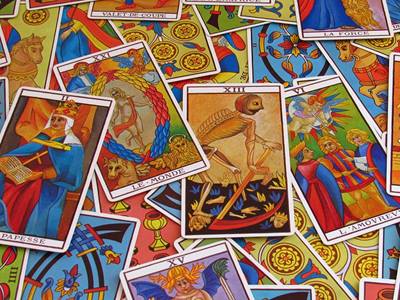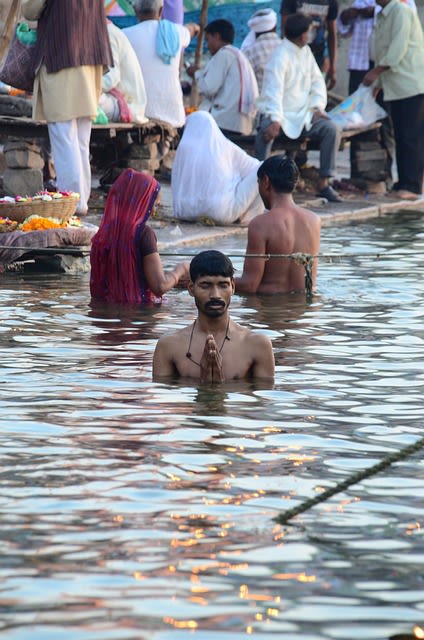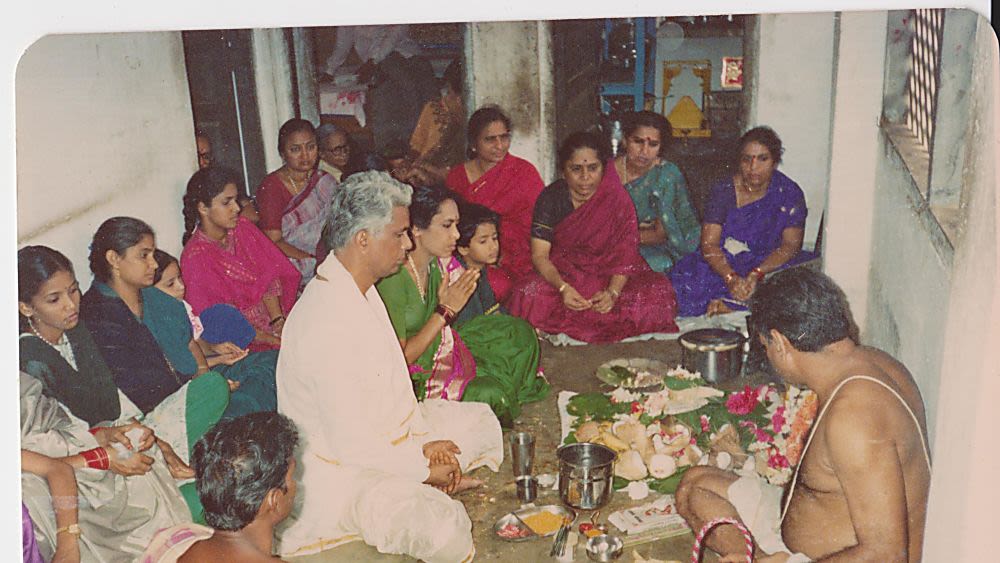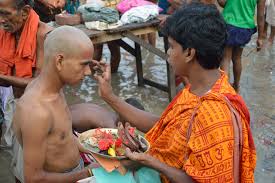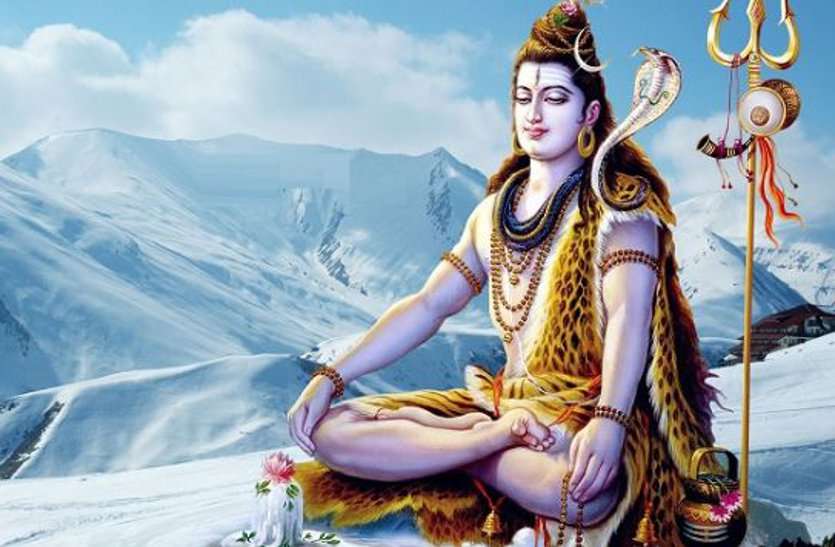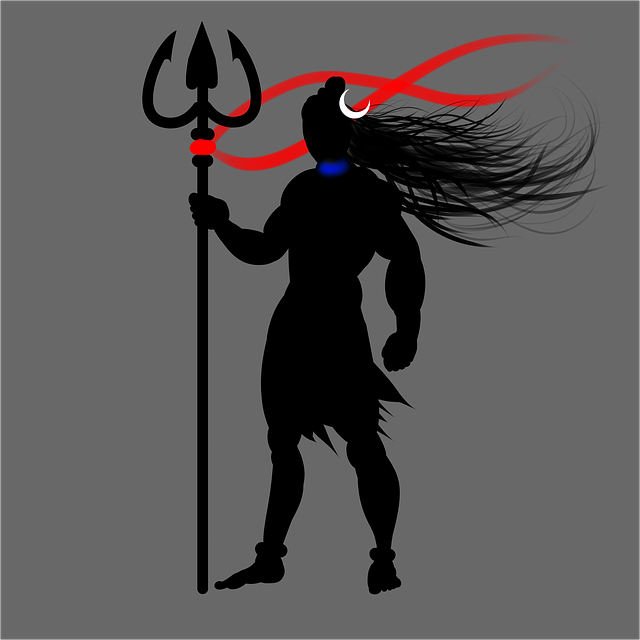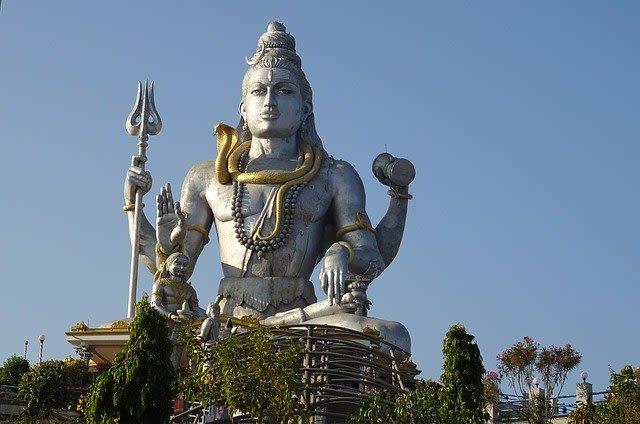Most of us visualize Tarot card reading as a woman in flowing glad rags is leaning over a small table in a candlelit room with a foretelling imminent doom. But that's not the fact. In reality the tarot cards are not meant to predict future or tell fortune.
Here we present before you various ideas of where these Tarot cards came from, what they mean and how a deck of cards can tell something about a person.
Basically, there are two ways followed in tarot care reading, one is question readings and the other is open reading.
In question readings, you are addressing a specific question, but one should give the reader open options to guide in a proper way. Second is, your question should be to the point and not general. If the reading is about you, then let your questions be focused on you and not the whole family and always a show positive approach in the questions that you are about to ask.
Open readings address the larger aspects of your life rather than a specific problem area or question. They're usually done when you're entering a new phase of life, such as getting married, graduating from college or starting a family. You can somewhat direct the reading if you have a general area you want to cover, such as your career or health, but that's as specific as the direction gets.
The Tarot deck is made up of the minor arcane and the major arcane. Like regular playing cards, the minor arcane of the Tarot deck includes four suits. Rather than spades, hearts, diamonds and clubs, the suits are wands, swords, cups, and circles or pentacles.
Each suit has a meaning related to a specific approach towards life. The cards within these suits are numbered 1 to 10 and also include the court cards like the king, queen, knight and page. The minor arcane cards represent the minor ups and downs of life. However, the major arcane are not associated with the suits rather they are the picture cards that represent principles, concepts and ideals. They are numbered 1 to 21, with the 22nd card (the "Fool") marked as zero. The major arcane cards represent strong, long-term energy or big events in some areas of life.
The deck of cards is initially shuffled and lays them in a pattern called spread. There are many different types of spreads, ranging from those that incorporate a single card to spreads that include all 78 cards of the deck. Once the cards are laid out, their meanings are interpreted based on their positions and their neighbouring cards.
